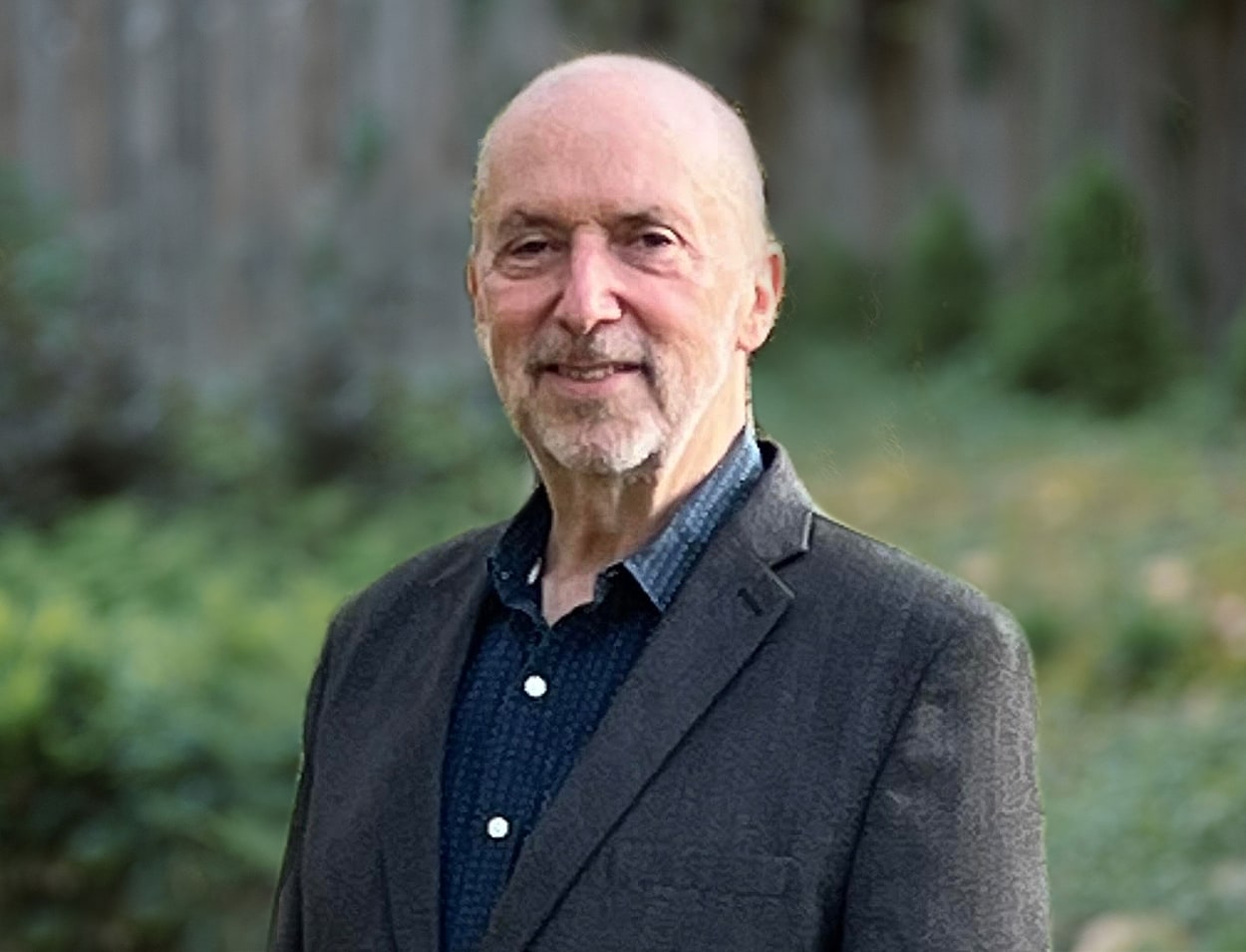 My favorite marriage experts agree on at least one thing: The modern marriage is front-loaded with so many expectations for personal fulfillment that marriages often collapse under their own weight. In her popular TED talk, psychotherapist and author Esther Perel observes,
My favorite marriage experts agree on at least one thing: The modern marriage is front-loaded with so many expectations for personal fulfillment that marriages often collapse under their own weight. In her popular TED talk, psychotherapist and author Esther Perel observes,
“So we come to one person, and we basically are asking them to give us what once an entire village used to provide. Give me belonging. Give me identity. Give me continuity, but give me transcendence and mystery and awe all in one. Give me comfort. Give me edge. Give me novelty. Give me familiarity. Give me predictability. Give me surprise. And we think it’s a given and toys and lingerie are going to save us with that.”
We must either lower our expectations or give much greater time and focus to cultivating our marriages if we’re to succeed at the possible marriage.
We didn’t always have these expectations. Marriage historians agree that the modern view of marriage as the primary source of meaning, companionship, pleasure, co-parenting, and emotional and economic security is a relatively recent development.
The earliest marriages were more about economics and family alliances than the fulfillment of emotional intimacy needs. They were a way to share resources and cultivate connections with groups that might otherwise be dangerous. Marriage created obligations of mutuality and protection between families, tribes, and nations. But in the 1800s the concept of romantic love began to establish itself across western societies. With it came the idea that getting married and forming a family could be based less on economics and alliances than emotional and sexual attraction.
By the 1950s, the romantic view flourished in step with a socioeconomic shift from subsistence to prosperity, at least for the fortunate upper and middle classes. The fulfillment-centered model of marriage accompanied the 40-hour workweek, minimum wage and overtime pay, possession of modern conveniences, and the growing liberation of women from economic dependence and unplanned pregnancy.
In today’s western society the merely pragmatic marriage would be viewed as uncaring and mercenary, not to mention old-fashioned. The modern single, who expects to derive personal fulfillment from life, also expects higher-level yields from marriage as well. We have moved from workmate to soulmate.
In his book, The All or Nothing Marriage: How the Best Marriages Work, Eli Finkel, a social psychologist at Northwestern University, asserts that such higher levels of marital satisfaction are not only possible but hold the potential for unprecedented fulfillment. But Finkel, like his contemporaries Esther Perel, Helen Fisher, Sue Johnson, Harville Hendrix and co-author Helen LaKelly Hunt, recognizes that such high-fulfillment partnerships require an attention to mate selection and relational skills equal to our upgraded expectations.In an NPR interview with Shankar Vedantam, Finkel notes that “Our spouse has replaced a lot of what we used to look to our broader social network to help us do.”
In mate selection, the tide has turned from “attraction of opposites” to “shared interests, values, and goals.” To achieve the kind of marriage Finkel envisions, it is necessary for its members to refine their search skills. According to Finkel such partners are “able to bring out the best in each other and connect in a way that facilitates each other’s personal growth and, therefore, helps to produce a really profound amount of emotional connection and psychological fulfillment.”
With the now popular notion of the soulmate or the one, comes the concept of “love languages.” Popularized in the book The Five Love Languages by Gary Chapman, a central idea is that the love language that makes one partner feel most loved may fall flat on the other.
For example, let us say John’s primary love language is physical touch and his secondary love language is quality time. Joan’s primary love language is acts of service and her secondary is words of affirmation. These differences could spell trouble down the road, if not at the outset. When John wants to spend Saturday in bed, talking, snuggling, and making love (quality time and physical touch), Joan may be going out of her skin counting the minutes until they can cross some chores off the household to-do list (acts of service).
Applying love languages concepts to broaden their relational skills and cultivate their marriage, Joan and John might become more fluent in the one another’s love languages. Just as a husband whose first language is English might learn Portuguese to better communicate with his Brazilian spouse, John and Joan might take turns exploring and familiarizing themselves with another’s love scripts. Today, John might do chores together with Joan, stretching himself to sense the value of her love language and adding a new facet to his definition of quality time. Tomorrow, chores done, Joan might experiment with luxuriating in John’s world for a few hours. Rather than viewing these efforts as sacrifices, each views them as enrichments that stretch beyond their comfort zones.
Couples might also follow the advice of marriage researcher John Gottman to master the magic relationship ratio, a balance of five (or more) positive interactions for every negative one. This is the formula Gottman’s research has found supports stable and happy marriages.
Another critical component in satisfying marriages, according to Sue Johnson, Harville Hendrix, and Helen LaKelly Hunt, is the capacity for conversations that get vulnerable, go deep, and which restore emotional connection. If intimacy can be defined as into-me-see, the couple with a commitment to what Finkel describes as a top of the mountain relationship might leverage proven communication tools for resolving conflict and restoring closeness.
One such tool is the Intentional Dialogue or Imago Dialogue technique used in Imago Relationship Therapy. The three main steps to the Imago Dialogue are Mirroring, Validation, and Empathy.
Mirroring
In Imago Dialogue, there is the sender (the one voicing a hurt or frustration) and the receiver (the listener), The receiver repeats back everything the sender has said (mirroring). The receiver may paraphrase but will refrain from analyzing, critiquing, modifying or responding to what the sender said.
Validating
Once the sender is finished and has been fully mirrored, the receiver attempts to validate what the sender said by telling them how what they said makes logical and emotional sense to the receiver. If some things did not make sense, the receiver shares what did make sense and how it made sense. They then ask the sender to expand on the parts that do not yet make sense until it is possible to validate them. Or, the receiver may attempt to find the private logic in the sender’s position, even if the receiver doesn’t agree with it.
Empathy
In the final step, empathy, the receiver takes a guess as to what they imagine the sender might be feeling, given the incident they have been describing. If the Sender has already said how they feel, then the receiver simply mirrors this once more. If the receiver can think of an additional way their partner might be feeling, they can add that.
Click here for a brief instructional video about Imago Dialogue.
The Imago Dialogue, the magic relationship ratio, and the Five Love Languages are just a few tools in a potential arsenal of hundreds that, along with disciplined mate selection, and generous appropriations of time, effort, and patience, might lead to the possible marriage.

